
Scryo® S-300 Compact Microscope Cryostat
Scryo®S-300 (abbreviated as S-300) is a compact continuous-flow open-loop micro cryostat featuring specialized temperature drift compensation combined with a robust ultra-insulation support structure, enabling ultra-low vibration and ultra-low drift performance. The ultra-compact form factor is specially designed for experimental scenarios with limited space. It can be installed either vertically or horizontally, and easily matched with commercial spectrometers and microscopes for experiments such as absorption, transmission, reflection, spectroscopy, and microscopic confocal. It can also be readily paired with electromagnets and room-temperature bore superconducting magnets for magneto-optical testing, and is widely used in experiments like X-ray, high-energy, and high-pressure applications.
The S-300 compact micro cryostat incorporates an efficient vaporizer combined with ultra-insulation transfer lines, featuring rapid cooling speed and low refrigerant consumption. The S-300 cryostat combines with the helium circulation cryogenic system (Qcryo®) to form a dry, closed-loop microscopic cryogenic system (Qcryo-S-300) that does not consume liquid helium, maintaining the ultra-low vibration and drift characteristics of the open-loop operation mode.
The S-300 compact micro cryostat offers various optional accessories, including windows for multiple wavelength bands, multiple vacuum feedthroughs, cables, and sample holders, with optional stainless steel vacuum casing and indium-sealed flanges.
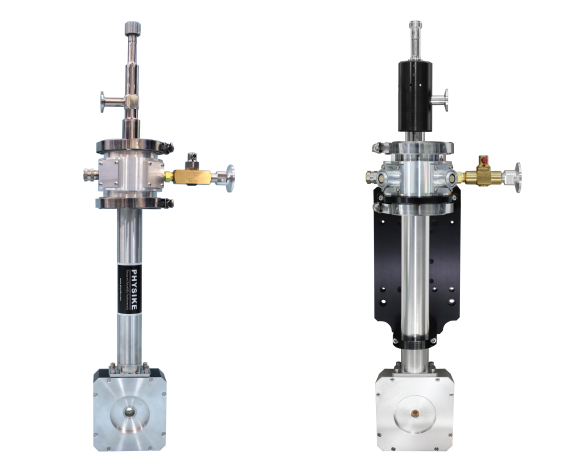
Standard S-300 Compact Microscope Cryostat
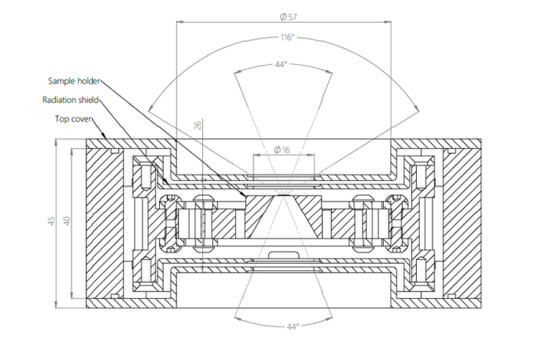
Standard S-300 Cryostat optical parameter schematic diagram
S-300 Cryostat Optional Configurations | |
Vacuum Feedthroughs | Multi-pin, SMA, BNC, Triax, Fiber Optic Introduction |
Windows | Transmission of γ light, χ light, UV, Vis, IR, THz windows |
Sample Holders | Puck electrical sample holders, DIP/LCC sample holders, transmission sample holders, powder sample holders, solar cell sample holders, thermal transport sample holders, galvanic isolation sample holders with gate voltage, etc. |
Test Leads | Cryogenic twisted-pair, flexible coaxial and triaxial cables, etc. |
Closed Loop Model | Combined with Helium Cycle Cryogenic System (Qcryo®) to form a closed-loop system that does not consume liquid helium |
Others | Ultra-compact design compatible with electromagnets, single (dual) pressurized gas membrane, screw pressure regulation, built-in nano-positioning stage/objective lens, a nd an optional liquid nitrogen bubble elimination feature. |
Typical Characteristics of S-300 Cryosta | |
Sample Environment | Vacuum |
Nominal Temperature Range | 2K-420K (using liquid helium as the cold source; pumping is required below 4.5K) 2K-420K (using the Qcryo® as the cold source) |
Nominal Vibration Level | ±5nm |
Nominal Drift Level | <3nm/min |
Typical Temperature Stability | ±25mK |
Typical Applications | Ortho/inverted microscopy, infrared microscopy, magneto-optical microscopy, Raman spectroscopy, Fourier spectroscopy, micro-PL, high pressure (DAC), high energy physics, X-ray, neutron scattering, solar cells, thermal transport, etc. |
Note:1.The minimum temperature is based on tests of the standard S-300 cryostat without external heating loads. 2.When using liquid helium as the cold source, the minimum temperature is closely related to the pumping speed of the vacuum pump. 3.When using Qcryo® as the cold source, the minimum temperature is related to the cooling capacity of the cold head and the pumping speed of the circulation pump. | |
The following figure shows the typical cooling time of the dry closed-loop microscopic cryogenic system (Qcryo-S-300). The initial cooling time from room temperature to 4K is less than 3 hours, with the minimum temperature below 2K, while maintaining the ultra-low vibration and drift characteristics of the open-loop operation mode. The cooling time after sample replacement is less than 1.5 hours.
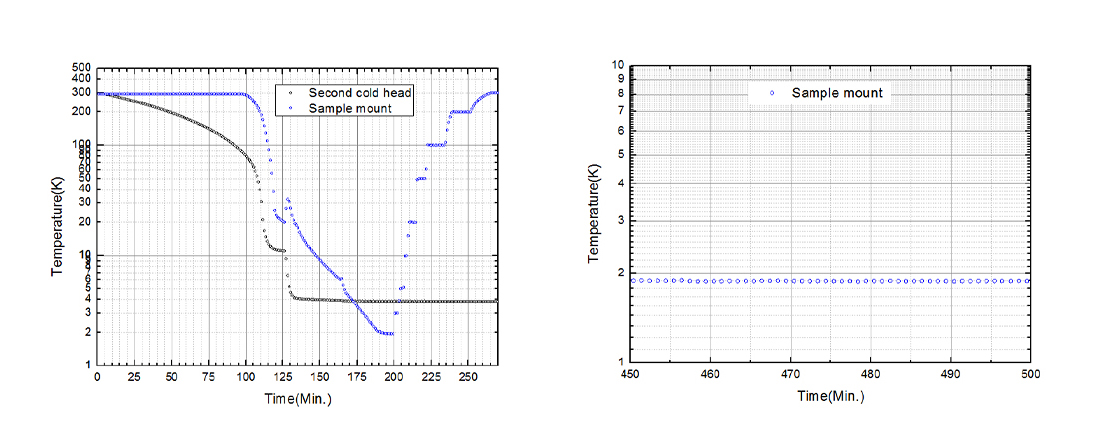
Typical cooling and temperature control curves of Qcryo-S-300 (left); Temperature stability of the Qcryo-S-300 near its minimum temperature(right )
S-300 Cryostat Examples
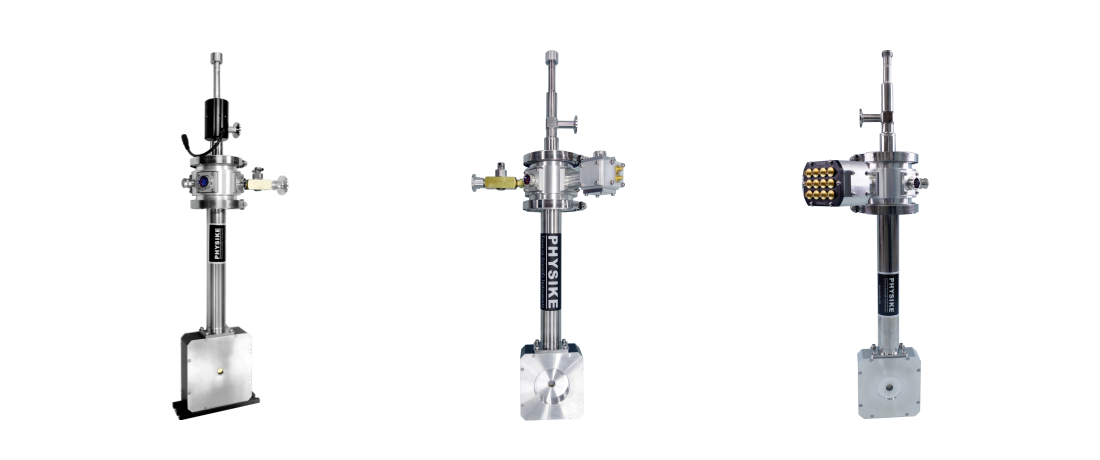
S-300 cryostat (with concave windows on the bottom and integrated puck sample holder for magneto-optical (left)
S-300 Cryostat (with concave windows on the bottom, integrated puck sample holder and IR window) (middle)
S-300 cryostat (integrated SMA vacuum feedthrough, flexible coaxial and puck sample holder) (right )
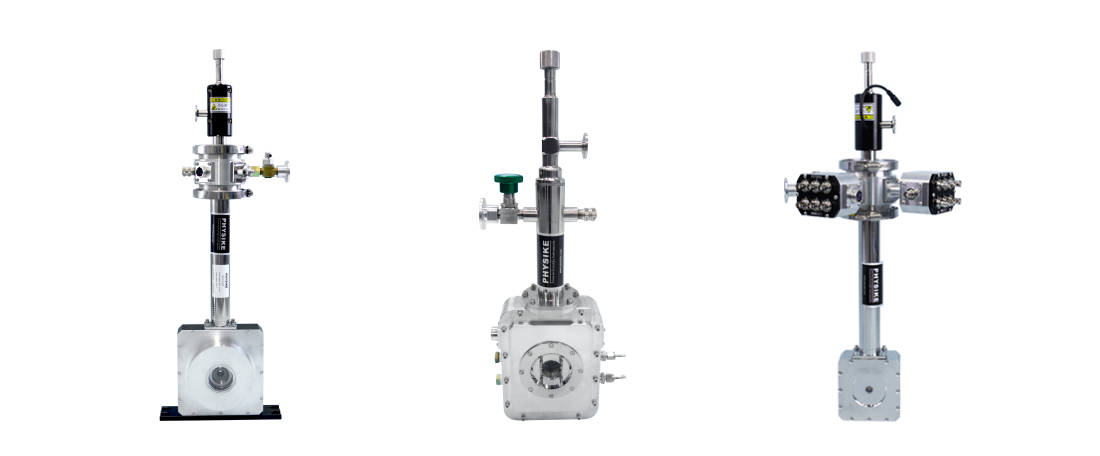
S-300 cryostat Diamond anvil cell integrated with dual gas membrane in-situ pressure regulation(left)
S-300 cryostat Diamond anvil cell integrated with screw/gas membrane pressure regulation(middle)
S-300 cryostat (integrated BNC vacuum feedthrough, flexible coaxial and puck sample holder)(right )
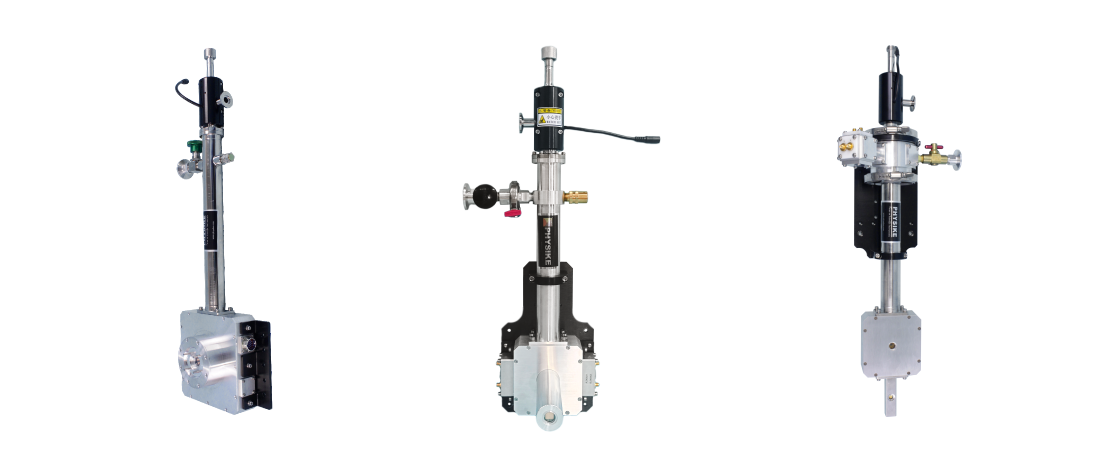
S-300 cryostat (Diamond Anvil Cell with integrated screw pressure regulation) (left)
S-300 cryostat (with vertical extended matching room temperature bore superconducting magnet) (middle)
S-300 cryostat (with horizontal compact extended matching (right )

S-300-Cryostat (with Built-in Nanopositioning Stage and 0bjective Lens)(left)
S-300-Cryostat (with 14mm Spacing Between Side Windows for Transmission Experiments)(right )
S-300 cryostat mounting example
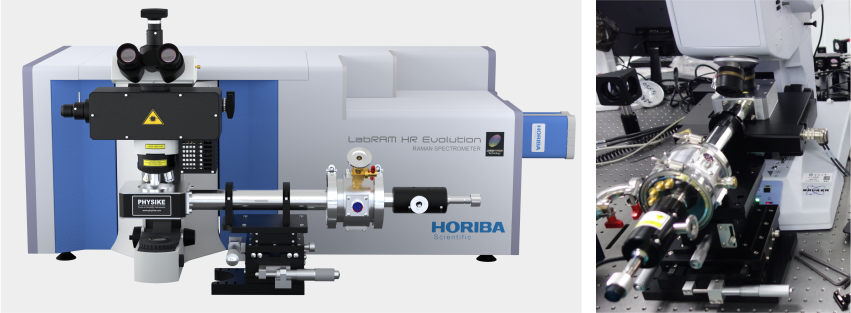
S-300 cryostat (matching Horiba Raman spectrometer) (left)
S-300 cryostat (matching Bruker infrared microscope) (right )

S-300 cryostat (integrated screw-regulated DAC, matching Renishaw Raman spectrometer) (left)
S-300 Cryostat (with concave windows on the top and bottom, matching Olympus inverted microscope and integrated solar cell test sample holder) (right )
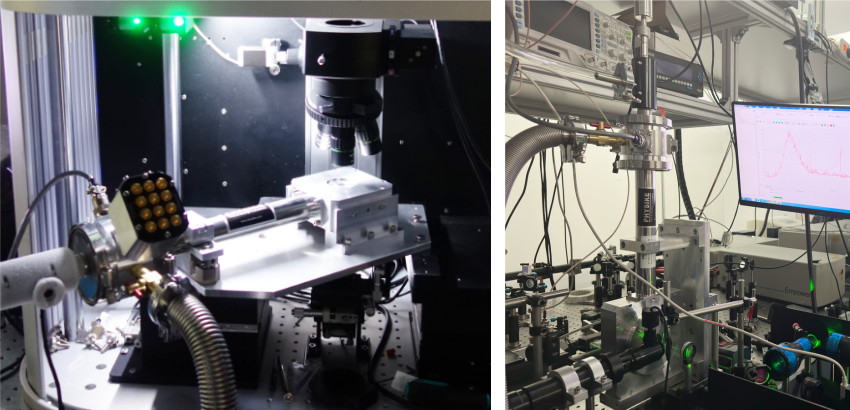
S-300 cryostat (matching optical current scanning test microscope system) (left)
S-300 cryostat (integrated air film regulation DAC for high pressure infrared experiments) (right )
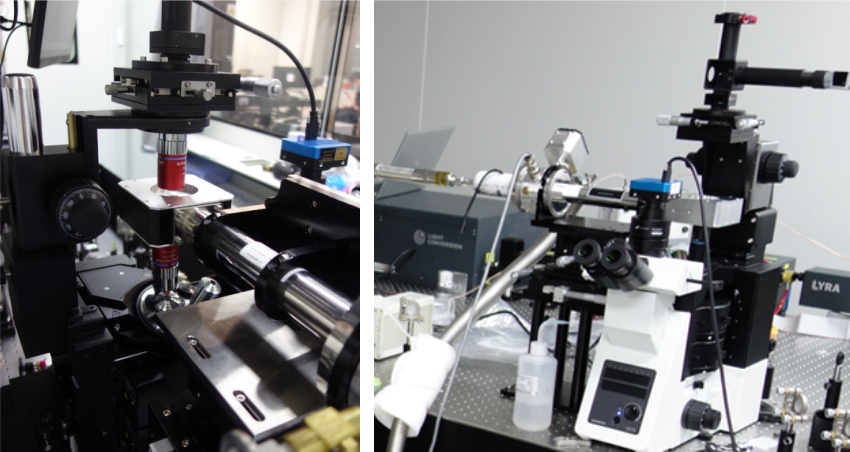
S-300 cryostat (matching inverted type microscope) (left)
S-300 cryostat (Gas membrane pressure-regulated DAC integrated for high-pressure infrared experiments)(right)
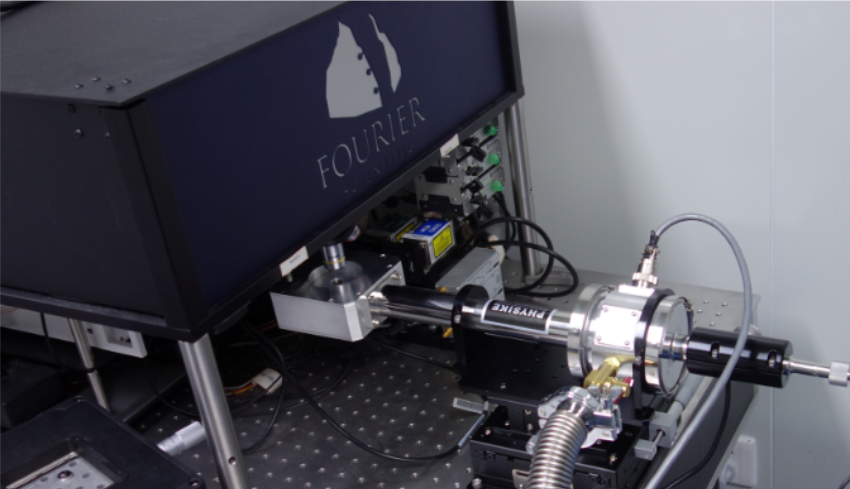
S-300 cryostat (matching Fourier scientific spectrometer)
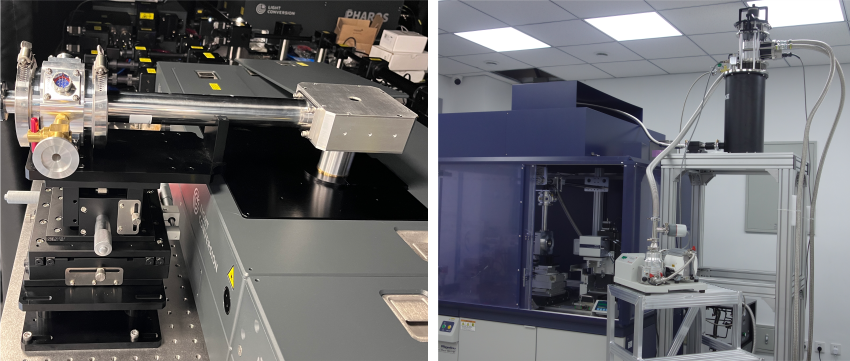
Matched with HARPS Ultrafast Transient Absorption Spectrometer (left )
The high-pressure and low-temperature system (Qcryo-S-300) matched with Rigaku NANOPIX WE X-ray diffractometer integrates a diamond anvil cell and a dual gas membrane in-situ pressure regulating mechanism, with a minimum temperature of less than 2.5K.(right )
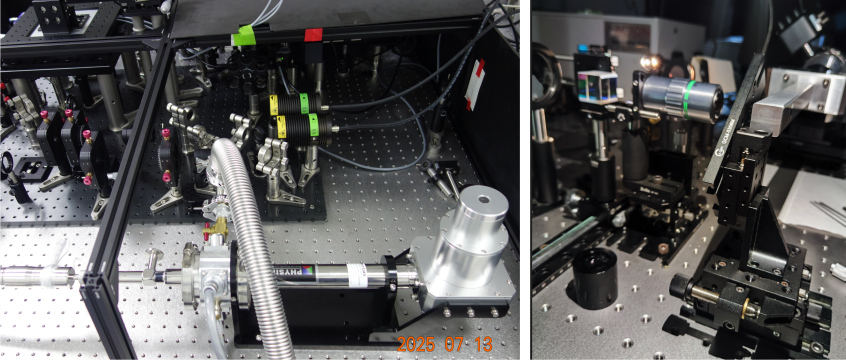
The S-300 cryostat is equipped with a built-in nano-positioning stage and lens, and adopts pipelines designed to eliminate liquid nitrogen
bubbles to reduce vibration and drift.(left );
The S-300 cryostat features a compact tail section, designed for microscopic magneto-optical testing.(right )
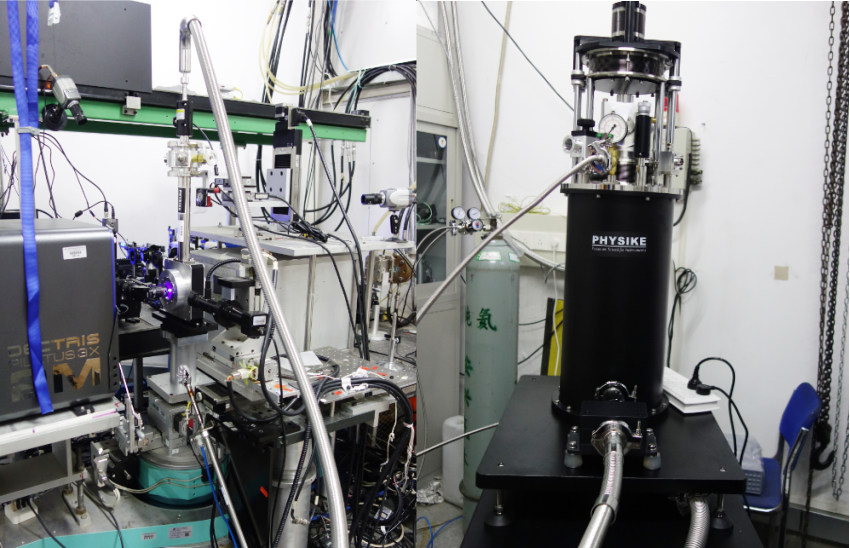
The dry closed-loop microscopic cryogenic system (Qcryo-S-300) integrates a diamond anvil cell and a dual gas membrane in-situ pressure regulating mechanism,
and is compatible with synchrotron radiation light sources for low-temperature and high-pressure X-ray testing.
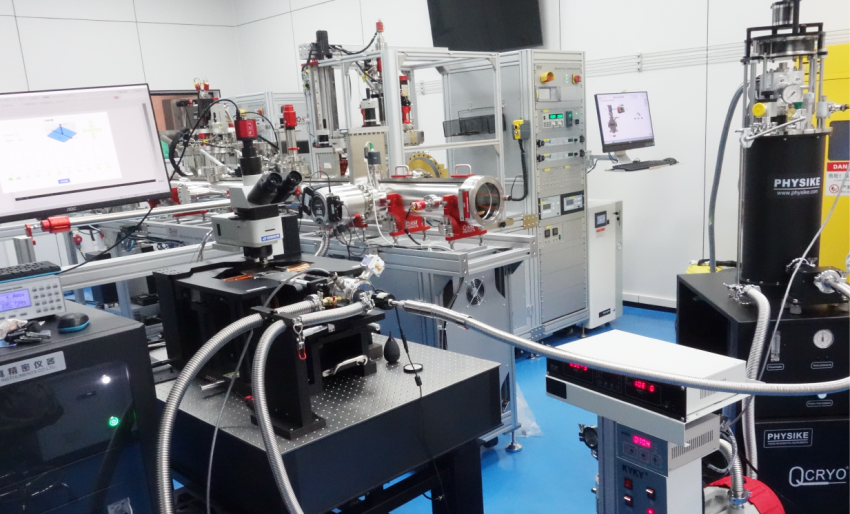
Dry closed-loop microcryogenic system (Qcryo-S-300), matched with magneto-optical Kerr micro-imaging system, for magneto-optical Kerr micro-imaging tests and magnetic domain inversion tests at low temperatures, the lowest temperature:<2.5k.
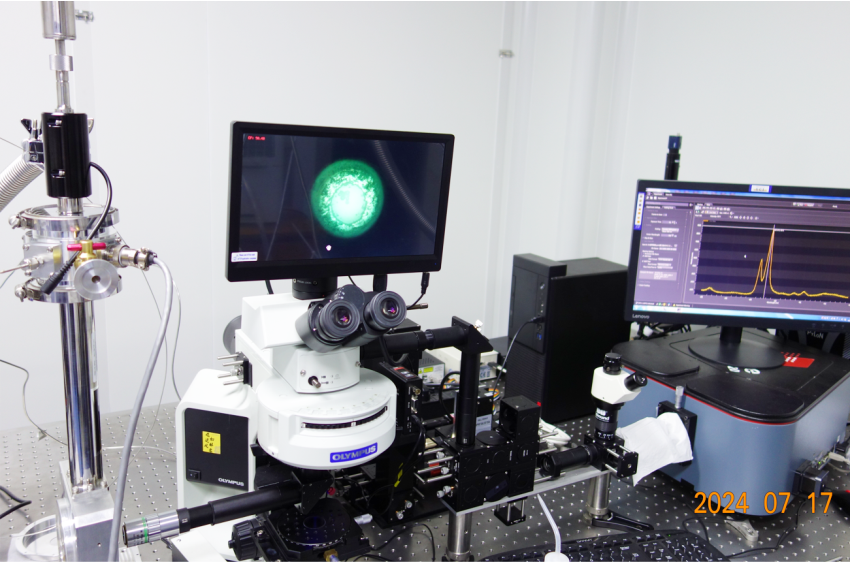
Closed-loop microscopic cryogenic system (Qcryo-S-300), integrated with a diamond anvil cell featuring gas membrane in-situ pressure regulation,
matched with the user-built infrared/Raman optical path
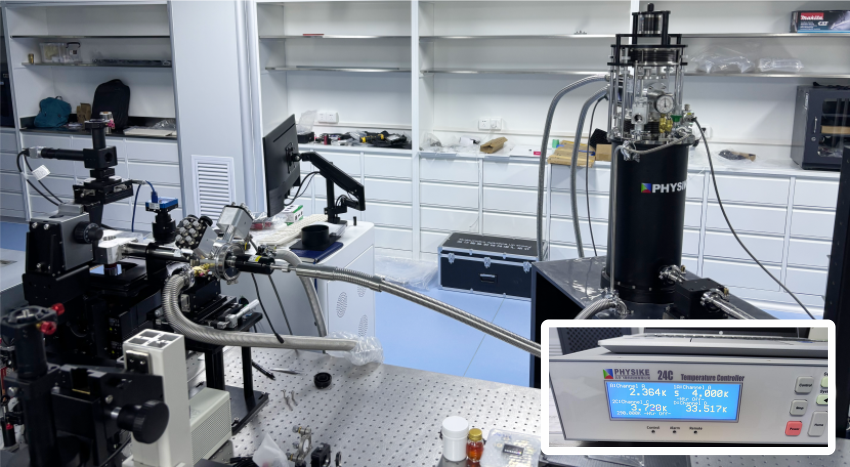
Closed-loop microscopic cryogenic system (Qcryo-S-300), compatible with inverted microscopes, minimum temperature:<2.4k< span="">